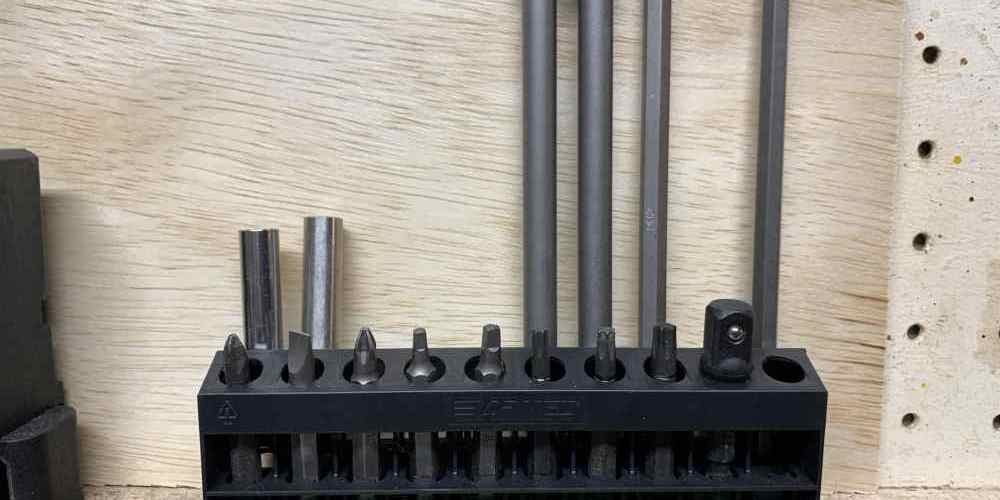“Unlock the Secrets of Bullet Grain: Learn How Weight Impacts Your Shooting Performance!”
The Basics of Bullet Grain: What You Need to Know About Weight and Shooting
Bullet grain is an important factor to consider when shooting. It is a measure of the weight of a single bullet and is expressed in grains (abbreviated as “gr”). The higher the grain, the heavier the bullet. Different types of firearms require different grain weights for optimal performance. When selecting a bullet, it is important to consider the type of firearm you are using. For example, a rifle will require a heavier bullet than a handgun. The type of ammunition you are using will also affect the grain weight you need. For example, a .22 caliber rifle will require a lighter bullet than a .30 caliber rifle. The grain weight of a bullet can also affect the accuracy of your shot. Heavier bullets tend to be more accurate than lighter bullets, as they are less affected by wind and other environmental factors. However, heavier bullets also tend to have more recoil, so it is important to find a balance between accuracy and recoil. Finally, the grain weight of a bullet can also affect the velocity of the bullet. Heavier bullets tend to have a higher velocity than lighter bullets, which can be beneficial for long-range shooting. However, heavier bullets also tend to have more recoil, so it is important to find a balance between velocity and recoil. In conclusion, bullet grain is an important factor to consider when shooting. Different types of firearms require different grain weights for optimal performance, and the grain weight of a bullet can affect the accuracy, velocity, and recoil of your shot. It is important to find a balance between these factors to ensure the best performance from your firearm.
Exploring the Different Types of Bullet Grains and Their Impact on Accuracy
Bullet grains are an important factor in determining the accuracy of a firearm. Different types of bullet grains can have a significant impact on the accuracy of a firearm, and it is important to understand the differences between them. Bullet grains are a measure of the weight of a bullet, and they are typically measured in grains (gr). The most common bullet grains range from 20 to 70 gr, with the most popular being the 55 gr. The heavier the bullet grain, the more energy it will have when it is fired. This can lead to increased accuracy, as the bullet will have more momentum and will be less affected by wind and other environmental factors. The type of bullet grain can also affect the accuracy of a firearm. Heavier bullet grains tend to be more accurate, as they are less affected by wind and other environmental factors. However, they also tend to have more recoil, which can make them more difficult to control. Lighter bullet grains, on the other hand, tend to have less recoil and can be easier to control, but they may not be as accurate as heavier bullet grains. Finally, the type of bullet grain can also affect the velocity of the bullet. Heavier bullet grains tend to have a higher velocity, which can lead to increased accuracy. Lighter bullet grains, on the other hand, tend to have a lower velocity, which can lead to decreased accuracy. In conclusion, the type of bullet grain can have a significant impact on the accuracy of a firearm. Heavier bullet grains tend to be more accurate, but they also tend to have more recoil. Lighter bullet grains tend to have less recoil, but they may not be as accurate as heavier bullet grains. It is important to understand the differences between the different types of bullet grains and their impact on accuracy in order to make an informed decision when selecting a bullet for a firearm.
How to Choose the Right Bullet Grain for Your Shooting Needs: A Guide for Beginners
Choosing the right bullet grain for your shooting needs can be a daunting task for beginners. But don’t worry! With a little bit of knowledge and understanding, you can make the right choice for your shooting needs. First, let’s start with the basics. Bullet grain is a unit of measurement used to describe the weight of a single bullet. It is measured in grains, with one grain being equal to 0.065 grams. The higher the grain, the heavier the bullet. Now that you know what bullet grain is, let’s talk about how to choose the right one for your shooting needs. Generally speaking, the heavier the bullet, the more energy it will have when it hits the target. This means that heavier bullets are better for long-range shooting, while lighter bullets are better for short-range shooting. For example, if you’re shooting at a target that is 100 yards away, you’ll want to use a heavier bullet with a higher grain. On the other hand, if you’re shooting at a target that is only 10 yards away, you’ll want to use a lighter bullet with a lower grain. It’s also important to consider the type of gun you’re using. Different guns have different capabilities and can handle different bullet grains. For example, a rifle can typically handle heavier bullets than a handgun. So, make sure to check the manufacturer’s specifications before you buy any bullets. Finally, it’s important to remember that the right bullet grain for your shooting needs will depend on a variety of factors, including the type of gun you’re using, the distance of the target, and the type of ammunition you’re using. With a little bit of research and understanding, you can make the right choice for your shooting needs.





